Timeline: 1850-1900
The American frontier surrenders to human settlement, while philosophers, writers, conservationists, and politicians work to interpret the value of natural resources in a country of seemingly-endless bounty.
"To a person sitting quietly at home, Rocky Mountain traveling, like Rocky Mountain scenery, must seem very monotonous; but not so to me, to whom the pure, dry mountain air is the elixir of life."
—Isabella Bird from A Lady's Life in the Rocky Mountains, 1879
-
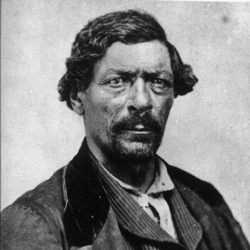
1850
African American fur trapper and explorer James P. Beckwourth finds an important route through the Sierra Nevadas, leading the first wagon train of settlers through what would become "Beckwourth Pass."
-
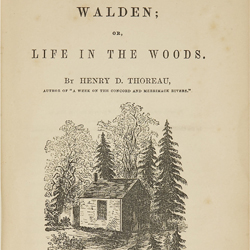
1854
Transcendentalist Henry David Thoreau, author of Walden, writes that wilderness sanctuaries are the "need of civilized man."
-
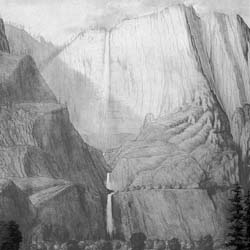
1856
Artist Thomas A. Ayers' lithographs introduce Yosemite to the East. Country Gentleman republishes articles that declare the Yosemite Valley to be "the most striking natural wonder on the Pacific."
-
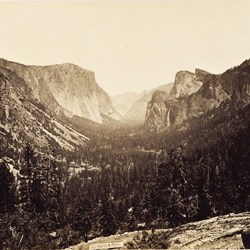
1861
Photographs by Carleton E. Watkins make Yosemite Valley famous.
-
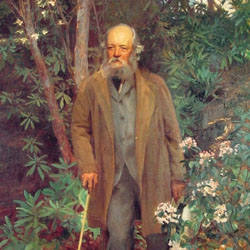
1864
Frederick Law Olmstead pushes for protection of Yosemite Valley and is first to advance the idea of placing certain areas under government protection.
-
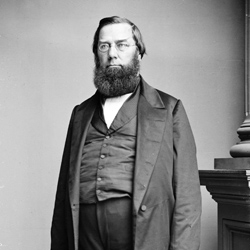
1864
A major turning point in the conservation movement occurs when George P. Marsh publishes Man and Nature, warning citizens to stop the devastation of natural resources.
-
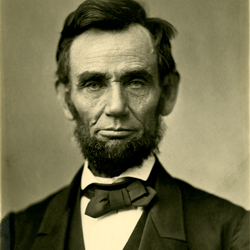
1864
President Abraham Lincoln signs the Yosemite Bill "to protect an area and conserve it for recreational enjoyment."
-
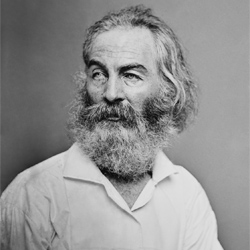
1865
Walt Whitman writes "Give Me the Splendid Silent Sun," which reflects contradicting public views of conquering nature and respecting it.
-
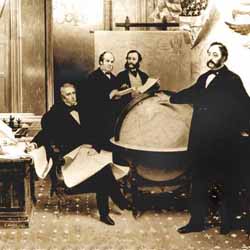
1867
The Alaska Purchase is signed by President Andrew Johnson, adding 365 million acres of public lands to the United States.
-
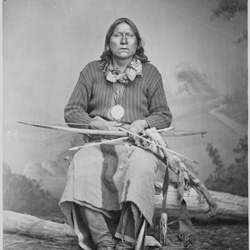
1867
Kiowa Chief Satanta voices opposition to construction of the Union Pacific Railroad at a council held at Fort Larned, Kansas.
-
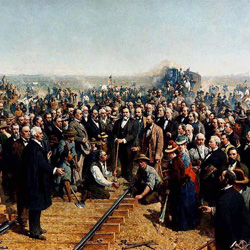
1869
Transcontinental travel becomes available to the public when the Union and Pacific Railroads meet at Promontory Point, Utah.
-
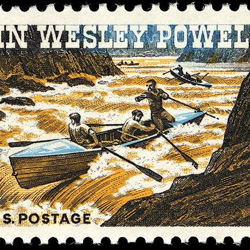
1869
John Wesley Powell begins a three-month river trip down the Green and Colorado Rivers, including the first passage through the Grand Canyon. His diary and later publications generate public interest in the Grand Canyon.
-
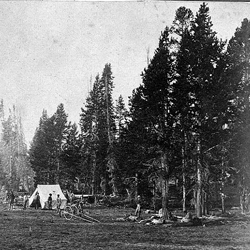
1871
Yellowstone is documented by the official U.S. expedition of geologist Ferdinand Hayden, painters Henry Elliott and Thomas Moran, and photographer William Henry Jackson.
-
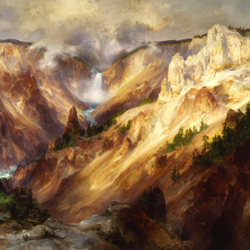
1872
Artist Thomas Moran exhibits paintings of Yellowstone, helping to promote establishment of the first national park. Yellowstone is designated a "public park or pleasuring ground for the benefit and enjoyment of the American people."
-
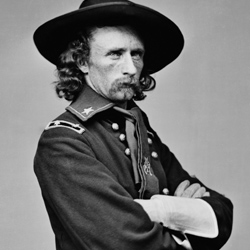
1874
Surveyors, escorted by the 7th U.S. Cavalry under the command of Lieutenant George A. Custer, penetrate the Black Hills of South Dakota, an area considered sacred by the Sioux tribes.
-
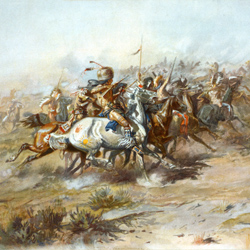
1876
Battle of the Little Bighorn occurs in Montana on what is now the Little Bighorn Battlefield National Monument.
-
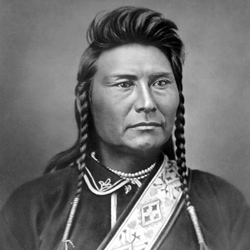
1877
After fleeing, Chief Joseph of the Nez Perce surrenders to Generals Howard and Miles 30 miles from the Canada border stating, "I will fight no more forever."
-
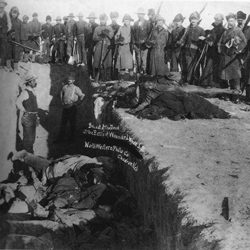
1890
The needless slaughter of 150 Sioux at Wounded Knee in South Dakota results in the surrender of Indians, bringing the wars between whites and Indians to an end.
-
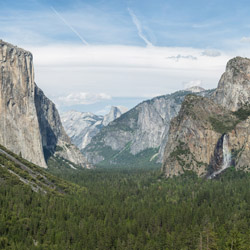
1890
The Yosemite Reserves Act is passed by Congress and signed into law by President Benjamin Harrison, creating Yosemite National Park.
-
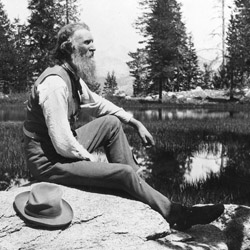
1892
Conservationist John Muir organizes the Sierra Club to enlist public and governmental support for preservation of wilderness.
-
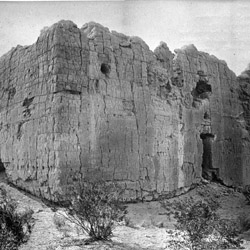
1892
Casa Grande Ruins N.M. becomes the first prehistoric cultural site to be protected by the federal government.
-
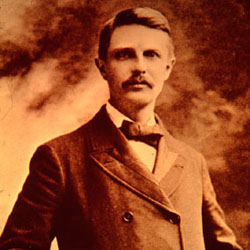
1893
Professor Frederick Jackson Turner reads his paper, "The Significance of the Frontier in American History," at the American Historical Association meeting in Chicago, stating that the frontier is closed.
-
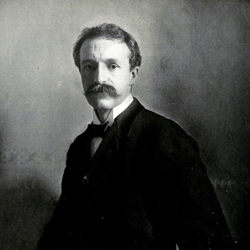
1898
Gifford Pinchot takes office as Chief of the Division of Forestry, later organized into the National Forest Service in 1905, advancing conservation of natural resources.